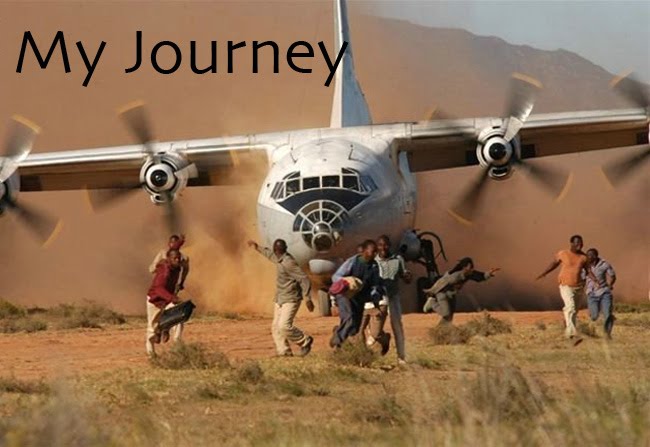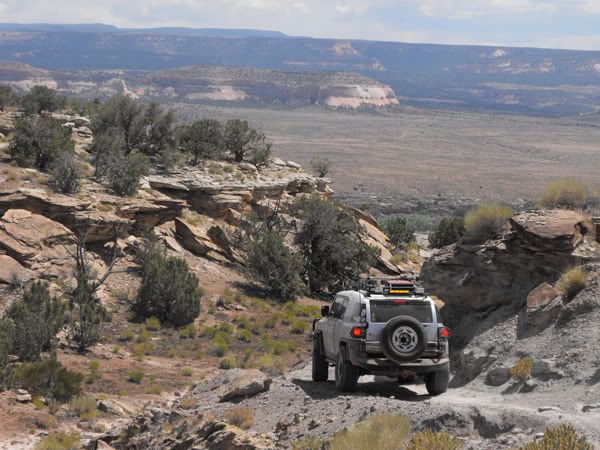In cold weather, things don't work the same as they do in warm weather. Adhesives don't usually stick and everything becomes more difficult to manipulate.
I was young and it was very cold. I was setting military demolitions to blow an object of interest. We swam to the location wearing heated dry suits and surfaced in very cold air with a strong wind blowing surface snow even though the weather was clear. It was winter and the sun hadn't broached the horizon.
There were four of us and this particular operation came as a surprise - as a response to tasking that came to the Navy. It needed to be done quickly and the materials at hand were deemed by command authority to be good enough.
We had 40 pound cratering charges that were going to be initiated by electric blasting cap, backed up with a det-cord uli-knot (creates directed force by wrapping, not unlike a hangman's noose made of det cord). We also brought M-183 satchel charges because they were available.
The heated dry suits were inadequate for the outside temperature and working fast was the only option. Because of the operational environment, three members of the team provided security with silenced MP-5's and the other handled the demo. Blowing snow meant that nobody could see well. Snow goggles weren't available so the dive masks had to suffice.
Demolition (det) cord becomes stiff and very hard to bend at low temperatures and so it's difficult to knot. A couple of us tried but the cord was too stiff. We wore heated dive mitten dive gloves and Uli-knots couldn't be tied.
BANG - the team member handling the demolition goes down. He's screaming, there's blood on his chest where he's holding it and the only thing we want to know is where "they" are. Where did the shot come from? Inching back to help a wounded colleague, the blood wasn't from a chest wound. The electric blasting cap detonated as soon as the ends were un-shunted. The blowing snow must have created a static electrical charge. His dive mitten was shredded and he was missing meat from the top of his hand and his thumb was dangling (he had been holding the blasting cap properly, hot end facing away from him). Fortunately the blood froze almost immediately.
What to do? Nobody wanted to unwrap another electric blasting cap. Once it was in the cratering charge there was concern that it would detonate prematurely, ruining everyone's day.
Somebody said something in a class some time before about removing the booster end of the priming assembly of a satchel charge to detonate a heavier charge. So we took off the booster and tried to attache it to the blasting cap tunnel in the cratering charge. Tape is the universal solution but it wouldn't stick. It was also frozen. So we spat on the charge and used "arctic glue" -frozen spit- to attach the priming portion of the satchel charge to the cratering charge. We weren't sure, given the failure of the electric blasting cap, whether the times fuse would actually work. The 10 pounds of C-4 from the satchel charge was placed in front of the cratering charge, which would deliver sufficient shock to the C-4 to detonate it as well.
What do do to replace the ripped dive glove? His hand was freezing and immersion in the water would finish the job. Parachute cord wrapped tightly around a collapsed (so there wasn't much air in it) waterproof bag did the trick.
-The thumb was saved
-The explosive detonated
-Sometimes a cold war is hot and other times a cold war is cold.





 character all its own.
character all its own.




